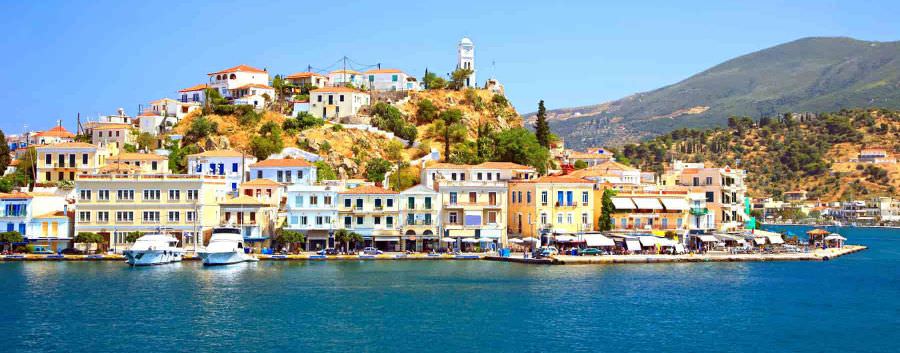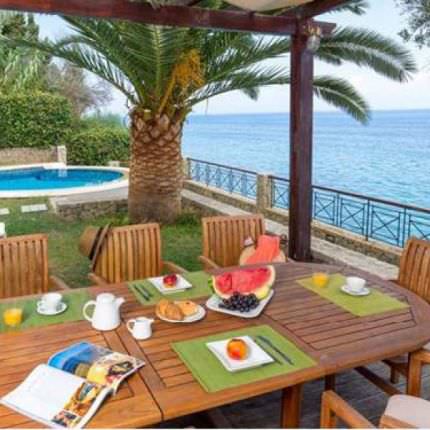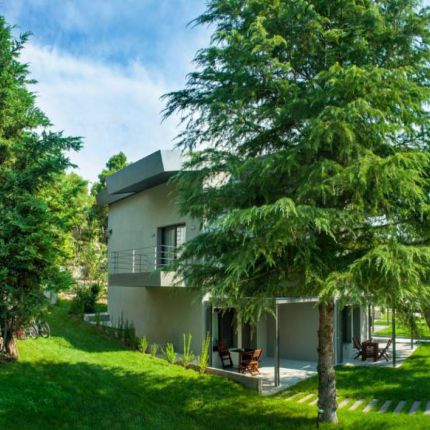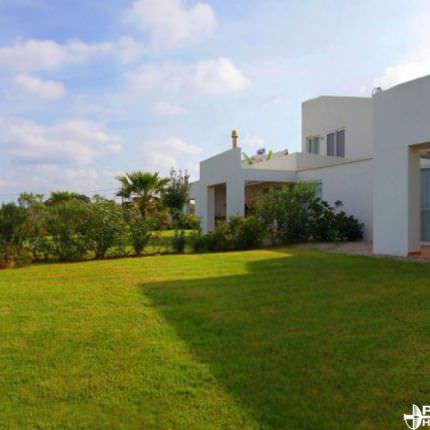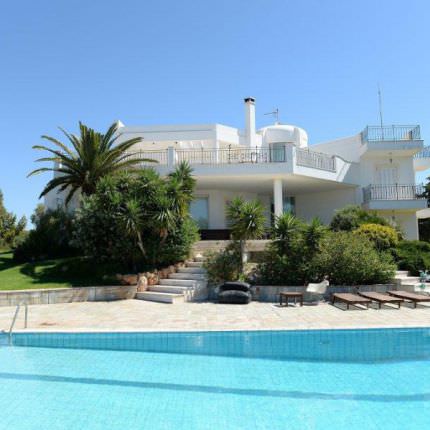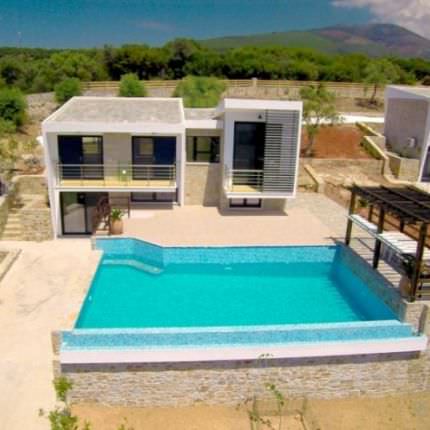Originally Peloponnesus was anisland, but intense geological upheavals in the region united and separated itfrom the mainland twice. Later, a new retreat by the sea formed the Isthmus of Corinth. This land bridge was cut inthe late 19th century to make the Corinth canal,making the Peloponnesus an island yet again.
Peloponnesus peninsula has been inhabited since prehistoric times. Its modern name derivesfrom ancient Greek mythology,specifically the legend of the hero Pelops who was said to have conquered the entire region.The name means "Islandof Pelops". Peloponnesusis the motherland of Heracles who was the mythical hero in ancient Greece and Leonidas tsar who was leading thearmy in Thermopylae in 480 B.C.
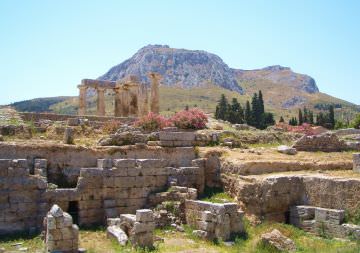
A mythical land whose every corner brings to mind some Greek myth,the Peloponnesus is composed of images andmusic, the scents of the sea, of the mountains, of grapes, olives, and citrus.The cities, towns, and SPAs of the region were important centers in antiquityand remain until today. Villages seem to grow out of the grey rock, the wildstones next to the hostile furze. Other villages lie by the vast open sea, buteverywhere the people are vital, hospitable, haughty, and proud.
Peloponnesus became very strong empire during Mycenaen period(1600-1100 B.C.) when such towns as: Mycenae,Tyrinth and Pylos reached very high level of civilization. One of the mostancient places on Peloponnesus is Olympiawhere Olympic Games started. Competitionbetween Athens and Spartaled to the Peloponnesus war between thosetowns.
Everything here reminds about ancient Greekmyths. Peloponnesus consists of 7 regions: Corinthia, Achaia, Ilia, Messinia, Lakonia,Arkadia and Argolida.


